Integrate KneeKG® System in my practice
A Technological Edge for 3D Knee Dynamic Assessment
The KneeKG system offers a technological edge in decision-making to BETTER RESTORE 3D KNEE FUNCTION. KneeKG is THE FIRST APPROVED CLASS II DEVICE Technology to Accurately Measure 3D Dynamic Alignment that Delivers Objective Data (FDA Cleared, Health Canada and CE Marked Class II Medical Device).
As the first device that uses actual data to explain PROMs and deliver actionable intelligence you can use.
The computerized KneeKG assessment provides data about dynamic alignment and other mechanical deficits impacting the proper function of the afflicted knee. The exam provides insight into the causes of knee pain and symptoms in patients presenting with many forms of knee instabilities and problems. The data (biomechanical markers) is derived from the raw KneeKG measurements, which are the 3D kinematics of the knee. It includes:
- Flexion/extension
- Varus/valgus and
- Internal/external tibial rotation
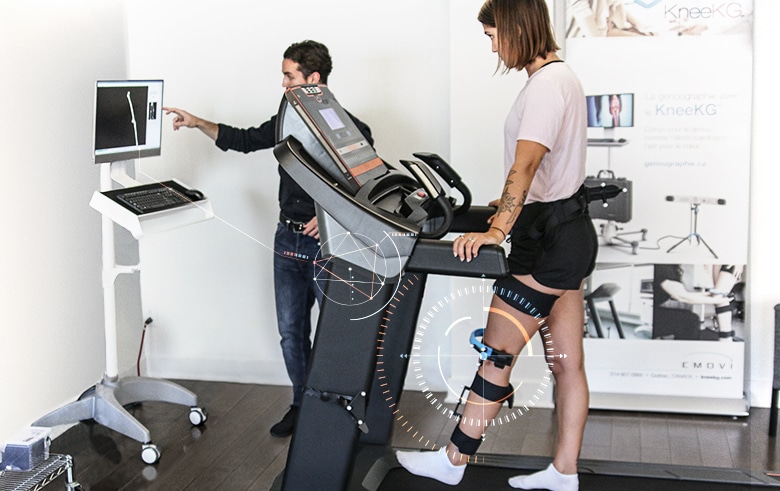
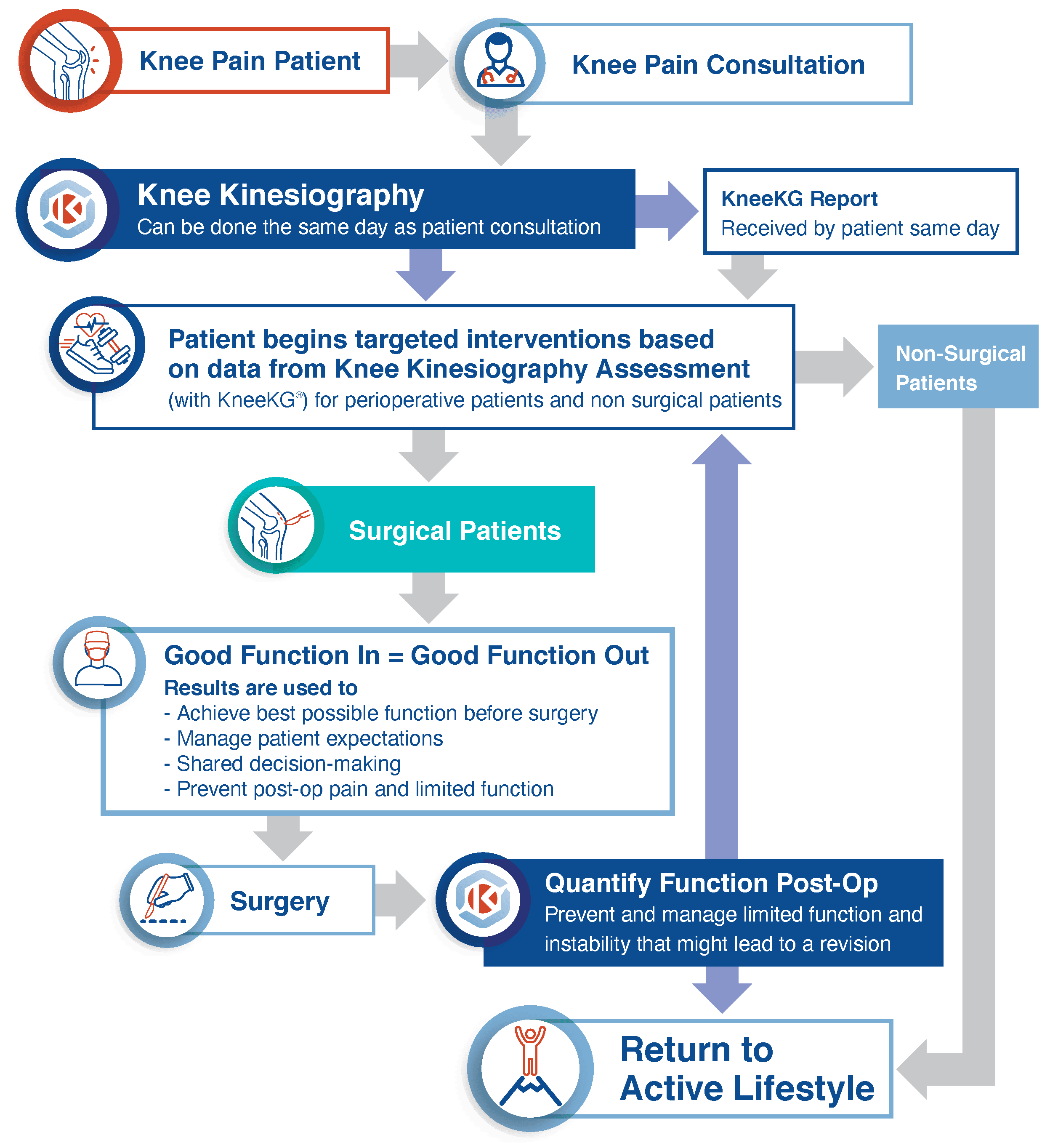
Fixing a fragmented and costly episode of care
The increased understanding of the underlying knee issues has been proven to increase patient adherence and compliance in their care management plans.
Additionally, by enabling a more efficient, personalized approach, it has led to patients’ reporting outcomes of reduced pain and increased function. The KneeKG system helps to remedy to a multitude of undesirable events caused by the current fragmented episode of care, such as:
- Increased complications
- Decreased function
- Increased self-rehab discharge
- Increased utilization of healthcare resources / cost of care
- Increased risk of surgery
- Post op, increased risk of hospital readmission
Pain is a Physiological Manifestation of a Problem
There is a need to identify and treat the UNDERLYING CAUSE OR 3D KNEE MALALIGNMENT

The 3D Solution to a 3D Problem
The KneeKG is already in use in some of the nation’s top orthopedic centers, as it is the first 3D solution to a 3D problem. In restoring knee function and correcting the knee alignment, the challenge is we use two-dimensional images for a three-dimensional problem. The KneeKG is the first solution to help providers deliver diagnostic accuracy in all three planes of movement.
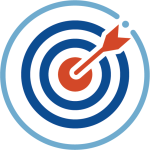
Filling the Clinical Gap
With static X-Rays there is discordance with symptoms, and we cannot predict dynamic alignment for surgical planning and patient management. Visual assessment is often subjective, unreliable, and inaccurate. X-rays and MRIs can inform clinicians about the structure of the joint; however, a patient’s pain is correlated with dynamic movement patterns, not static imaging.
Obtaining a functional knee assessment is key to understand the root causes of a patient’s symptoms

The KneeKG® is to the knee what the EKG (electrocardiogram) is to the heart.
It provides objective information about knee joint function and does not rely on a subjective interpretation of movement patterns. It allows the clinician to develop a patient-specific treatment plan to address the deficits identified during the KneeKG examination.
Knee Kinesiography is performed by a healthcare professional using the KneeKG system who has been trained by Emovi.

Use of the KneeKG® as part of clinical care produces statistically significant and clinically meaningful improvements that are superior to standard of care3.
The KneeKG® evaluates knee function by identifying biomechanical markers associated with pain, injury, and risk for future orthopaedic impairments.
Clinical trials have shown:
- Reduced pain
- Improved function
- Increased patient satisfaction (84%)4
- Enhanced adherence to treatment (88% after 3 months)3
- Reduced biomechanical markers that are risk factors for osteoarthritis progression (varus-thrust)2
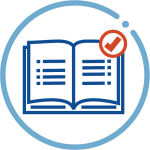
Improving patient outcomes and satisfaction
When integrated in patient education, Knee Kinesiography with the KneeKG system provides statistically significant and clinically superior improvements compared to the results obtained with current standard of care (Cagnin et al. 2020)3, as recognized in the practice guidelines published by the American Association of Orthopaedic Surgeons (AAOS), which guidelines are also endorsed by the American Association of Hip and Knee Surgeons (AAHKS)6
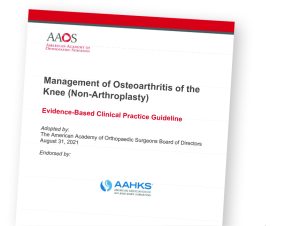
How Can the KneeKG® System Improve my Practice?
The KneeKG® can play an integral role in the management of pain due to orthopedic conditions, including osteoarthritis, anterior knee pain, ligament injuries and others.
Proven treatment results have been demonstrated when incorporating the KneeKG as part of the clinical care pathway:
Treatment Results for Knee Pain

Decreased knee pain3

Improved function3

Less pain medication5

Delayed the need for arthroplasty surgery5

Better adherence to treatment plan3
What Does Partnering with Emovi Looks Like?
Watch this video to learn more about every step of the process.
What Physicians Say About
Knee Kinesiography
Dr. Robert Pontbriand, MD
Centre de médecine sportive de Laval (Qc, Canada)
Dr. Pierre Ranger, MD
Orthopedic surgeon
Head of the Department of Orthopedics, Jean-Talon Hospital, Professor, program for residents of the Sacré-Coeur Hospital of Montreal (Qc, Canada)
Dr. Robert A. Stanton, MD
Chairman, Orthopaedic Specialty Group,
P.C./Sports Medicine, Orthopaedic Surgery
Dr Thomas M. DeBerardino, M.D.
Orthopaedic surgeon, Sports Medicine The San Antonio Orthopaedic Group.
Address Knee Pain with the KneeKG® System in your Clinic
Go beyond management of the symptoms! The right diagnosis with the right information!
Give yourself the means to objectively and accurately diagnose the causes of knee pain in your patients’ in order to personalize their care. Treat yourself to the latest technology in knee examination and equip your clinic with the KneeKG system.
Would you like a demonstration of the KneeKG system and a clinical (patient case studies) presentation of the technology?
Please contact us for more information.
References:
- Hannan MT, Felson DT, Pincus T, Analysis of the discordance between radiographic changes and knee pain in osteoarthritis of the knee. The Journal of Rheumatology, 31 May 2000, 27(6):1513-1517.
- Cagnin, A. and al. (2019). Impact of a personalized home exercise program for knee osteoarthritis patients on 3d kinematics: A cluster randomized controlled trial. Osteoarthritis and Cartilage, 2019-04-01, Volume 27, Pages S34-S35.
- Cagnin, A., Choinière, M., Bureau, N. J., Durand, M., Mezghani, N., Gaudreault, N., & Hagemeister, N. (2019). A multi-arm cluster randomized clinical trial of the use of Knee Kinesiography in the management of osteoarthritis patients in a primary care setting. Postgraduate Medicine, 5, 1–11.
- Cagnin, A., et al. (2019). Effective conservative care targeting mechanical markers as risk factors for knee osteoarthritis progression: a cluster randomized controlled trial. Osteoarthritis and Cartilage/OARSI, Osteoarthritis Research Society, 27(S1), S485-S486.
- Therrien, M., and al. (2016). Real-world clinical result from a multimodal management program for knee osteoarthritis. Osteoarthritis and Cartilage/OARSI, Osteoarthritis Research Society, 24(Supp 1), S431, presented at the OARSI conference 2016 after peer review by OARSI Scientific Committee Results demonstrates: Decrease % of patient reporting regular NSAID intake (≥2 times/day) from 60% to 30% and regular analgesic intake (≥3 times/day) from 71% to 47 %.
• Decrease absenteeism (initially 12 patients reported a mean of 20 work days missed vs a mean of 9 work days missed by 10 patients at follow up)
• 7/11 surgical patients postponed their surgery -
American Academy of Orthopaedic Surgeons Management of Osteoarthritis of the Knee (NonArthroplasty) Evidence-Based Clinical Practice Guideline. https://www.aaos.org/oak3cpg Published 08/31/2021.

